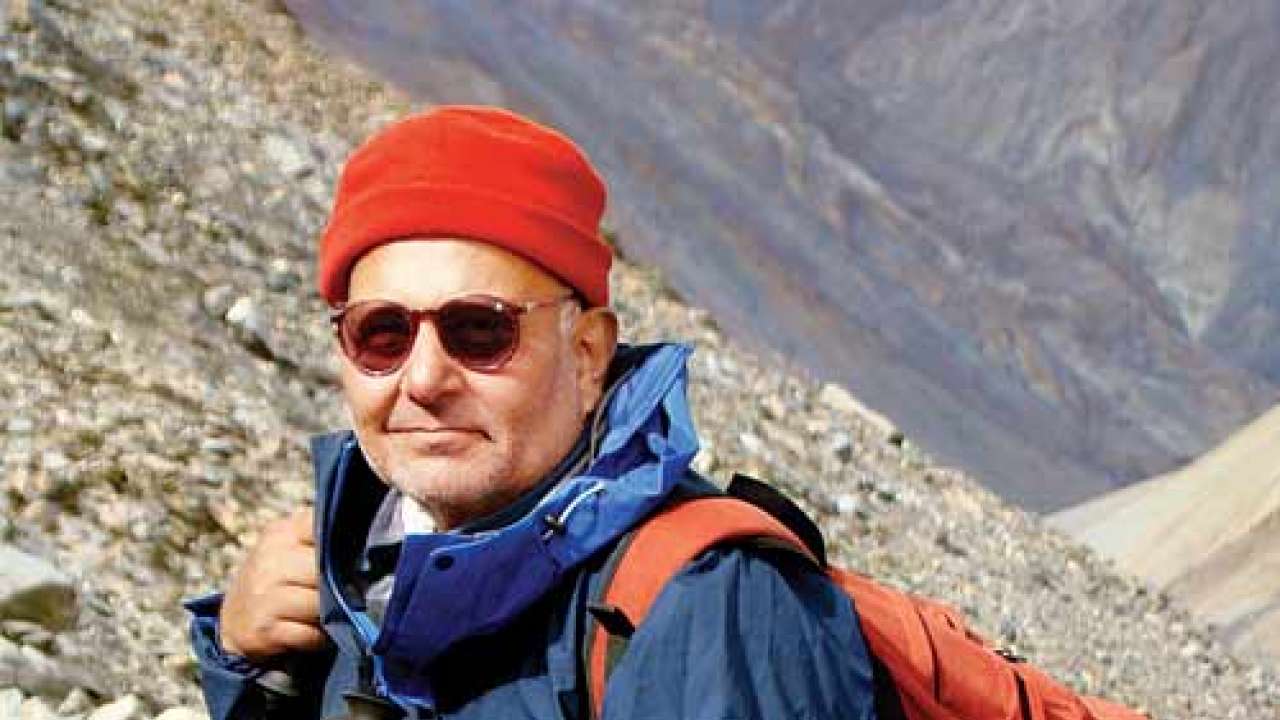
Veteran mountaineer, trekker, explorer, author and the father of mountaineering in India, 68-year-old Harish Kapadia has set foot in almost every part of the Himalayas and the serene Western Ghats. His main contribution to mountaineering has been exploring new areas and routes in the Himalayas. He has many feathers in his cap – the patron’s medal by the Royal Geographic Society (UK), the Indian Mountaineering Foundation President’s gold medal, Tenzing Norgay National Adventure Award and many more. Novice trekkers swear by his books on the Sahyadri and the Himalayas.
On International Mountain Day, he tells Karishma Goenka his uphill journey to touch the pinnacle of his love for adventure.
You have travelled all over the vast Himalayas and the Sahyadri. Where did it begin – your love for climbing?
In the 1960s, I went for my first trek with my classmates in the Western Ghats. Then it became regular. We would go trekking and rock-climbing in Maharashtra’s Western Ghats. We were a group of good friends and that made it all the more better. My family owned a cloth business which I diligently took over after I came of age. But, that never deterred me from running to the hills every long holiday I got.
Mountaineering is a dangerous sport and you broke your hip bone in a near-fatal fall. Did that instil any form of fear in you or deter you to pursue the adventure?
When I was 28, I fell in a crevasse inside the Nanda Devi Sanctuary in Uttarakhand. I was on crutches for two years. People advised me to stay away from climbing but that fall made me more keen to climb again. And, it was only because of that I recovered or else I would have been on crutches even now.
In your 45 years of experience you must have seen time change and generations pass by, what has changed about the experience now?
It hasn’t changed much. Only, there are more facilities. When we were young, we had to carry everything — food, kerosene, tents — with us from Mumbai. Now, the villages are more developed and you get most of the things on the way there. The locals are still helpful although their lives are changing more rapidly than ours. Younger trekkers are more determined and proactive than we were.
You might have scaled and mapped almost every part of the Himalayas and trekked every route. The Everest is one mountain you have not touched. Why?
I was never attracted to the Everest. There were always too many people, commercialisation and government supervision that I was not comfortable with. There is joy in trekking and finding new routes through the mountain. The Everest does not hold that kind of interest.
You were passionately involved with the Siachen conflict.
The Siachen Glacier is one of the highest war-stricken places. I lived there for six months and proposed building a peace park but till both governments agree, nothing can happen. My son, an army man, was posted there and we lost him to a militant attack when he was 26. It was in his memory that I had proposed the park.
What is the reason for the rise in natural disasters in the Himalayas?
The Himalayas has been seeing natural disasters like the Uttarakhand flood. The problem was the large number of tourists. Hardly any local village was destroyed. They know not to build homes near the river. Most of the crumbling buildings were hotels and tourist-inspired development. On the other hand, development for locals is important.